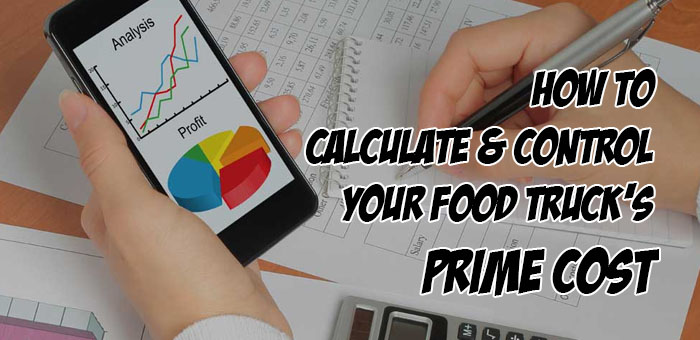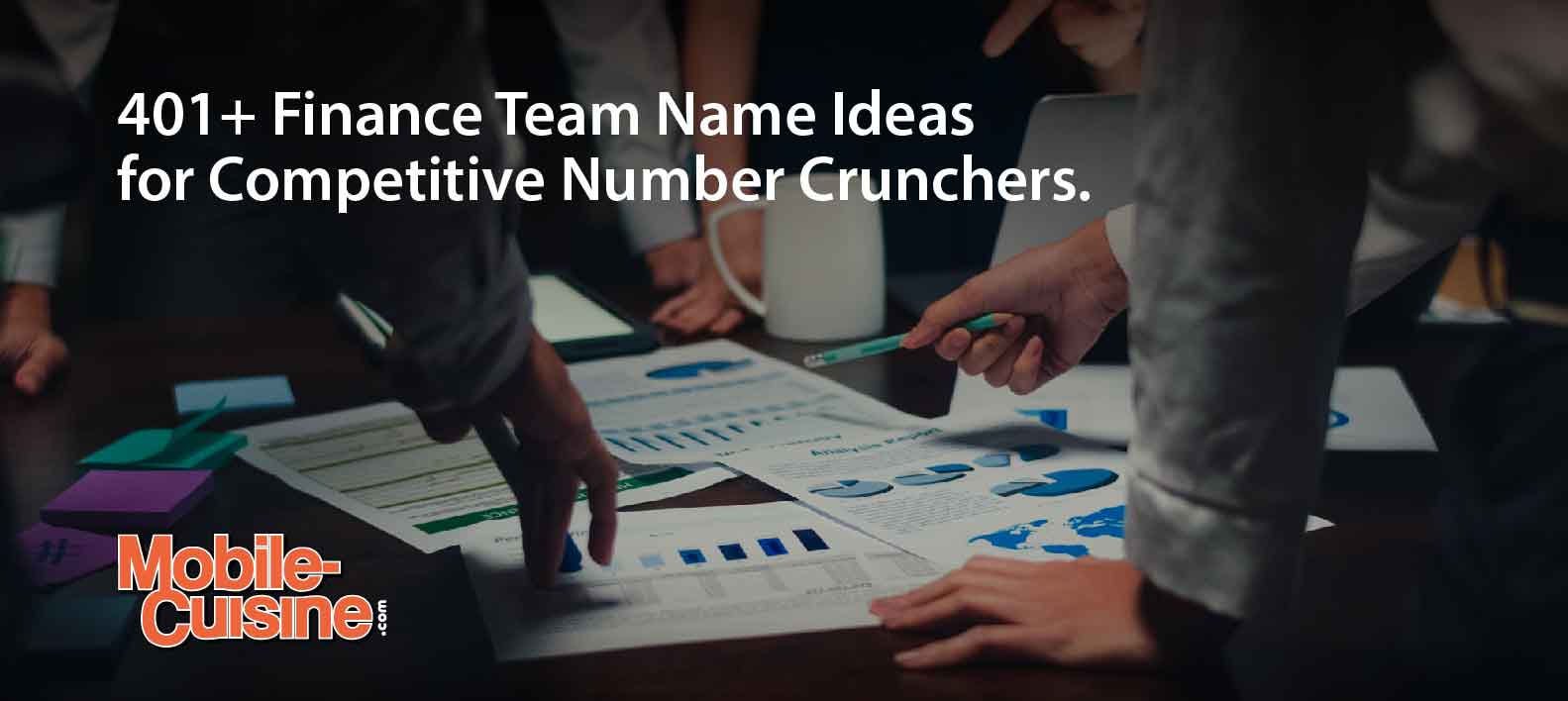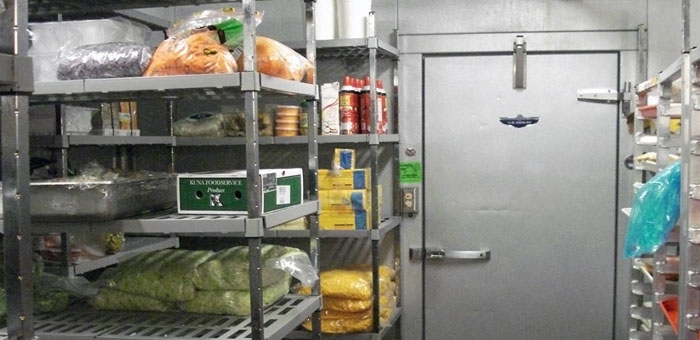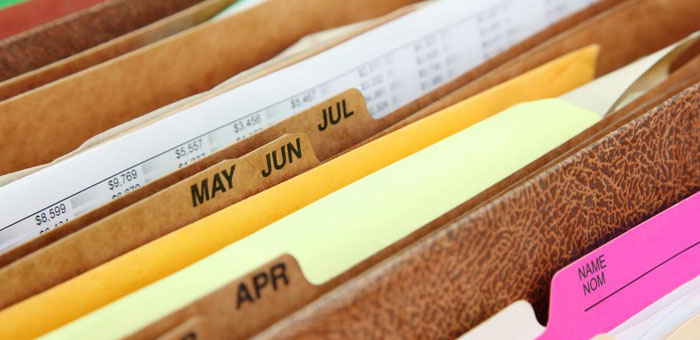Perhaps you have heard of prime cost but were never sure what it was, or maybe this article is the first time you’ve heard the term. Either way, today we’re going to explain what prime cost is, how to calculate it and what it should be. When it comes to controlling your food truck costs, there are so many numbers and reports that it can be overwhelming for the average food truck vendor.
So where should you start? Some will say food cost, while others will argue for labor cost. Both sides of the argument are partially correct. We believe the your starting point is prime cost, which is the combination of both.
Calculating Your Food Truck’s Prime Cost
The simple way to determine your prime costs add your Food and Labor costs together to find your food truck prime cost.
Total COGS + Total Labor = Prime Cost
When we say total COGS (Cost of Goods Sold) I am referring to all products purchased for sale in your food truck. If you are unsure what this includes, ask yourself 2 questions.
- Will this be sold to a customer? (If yes, it is counted. If not ask, yourself question #2)
- Is the item required, 100% of the time, to sell a customer something from question #1? A great example is tissue paper. If every single burger you sell gets wrapped in a piece of tissue paper, then the paper is part of the food cost.
When we say Total Labor, we are referring to your labor PLUS, taxes, benefits and insurance. An employee that you pay $10 an hour, actually costs you more like $12 or $13 an hour, so then you must include the TOTAL number when calculating costs.
RELATED: Cost Of Goods Sold: Why Every Food Truck Needs To Know It
What Is A Food Food Truck Prime Cost Target?
Now that you are properly calculating your Prime Cost, it’s time to determine what a good percentage to target.
Generally speaking, you want your Prime Cost to be below 60% of sales. If you really want to crush it, shoot for 55%. Why not shoot for even lower? If you are running a prime cost below 50%, in most cases, you are taking advantage of your customers. If they catch on, this will hurt your food truck in the long run.
It is likely that after calculating your food truck prime cost for the first time, you will find out that it is closer to somewhere between 70% and 80%. This is the reason why there is little to no money left at the end of the month after you pay your commissary rent, truck insurance, fuel and propane.
RELATED: Control COGS In Your Food Truck
Calculate Prime Cost As Often As You Can
It may seem like a lot of what happens in your business is out of your control. But the one thing you have the ability to control is your prime cost. That’s why you should be tracking it consistently and often.
If you only calculate your food truck prime cost once a year, you only get a snapshot of the health of your business at that point in time. And unless you do something with the information you’ve collected, you’ve pretty much wasted your time. You have also missed week to week and month to month opportunities to adjust your food costs or trim your labor costs to increase your profits.
A lot that can happen week to week that can affect your prime cost.
The Bottom Line
Many vendors believe the magic of running a food truck comes in that moment when everything works together… the menu, the staff, the customers. Unfortunately, more often than not, that really is just a moment.
The rest of the time? There aren’t buns for your latest menu promotion, you run out of ice, and 1 of your 3 employees just called out. Face it, running a food truck is more organized chaos than well-oiled machine. It can seem like there are so many factors beyond your control when it comes to keeping your service window open.
So how does a food truck vendor maintain some sense of order? The answer is in your Prime Cost. Just managing and maintaining this number will ensure your food truck keeps running, and give you the control to manage the most important aspect of your business.
What is your food truck’s prime costs? Share your thoughts on this topic in the comment section oro social media. Facebook | Twitter




